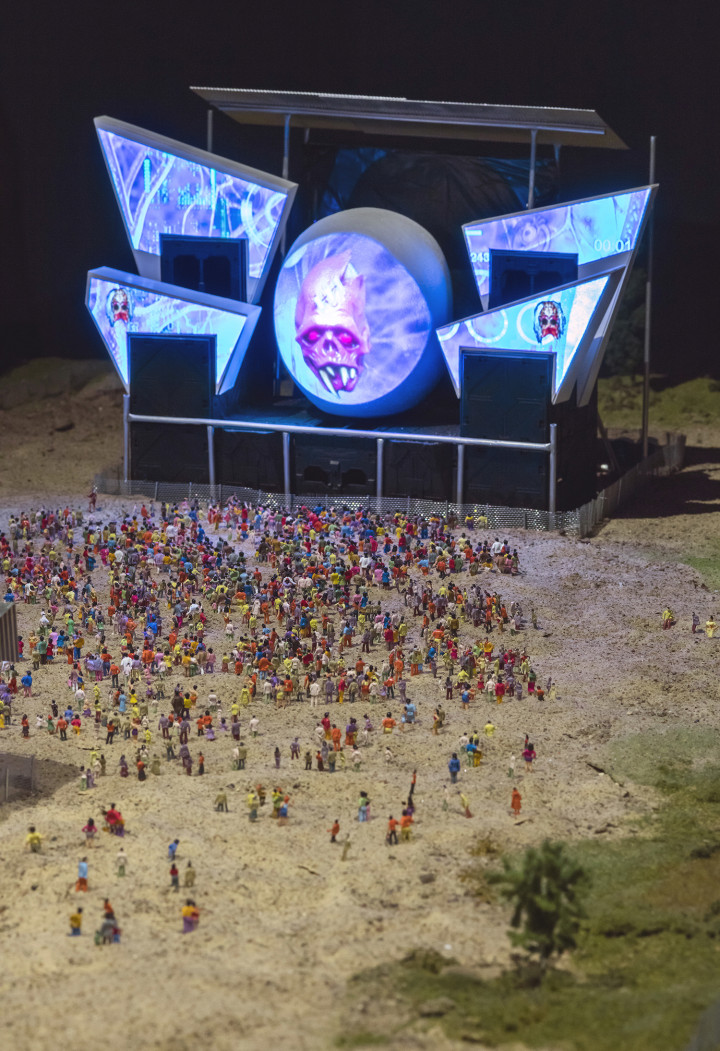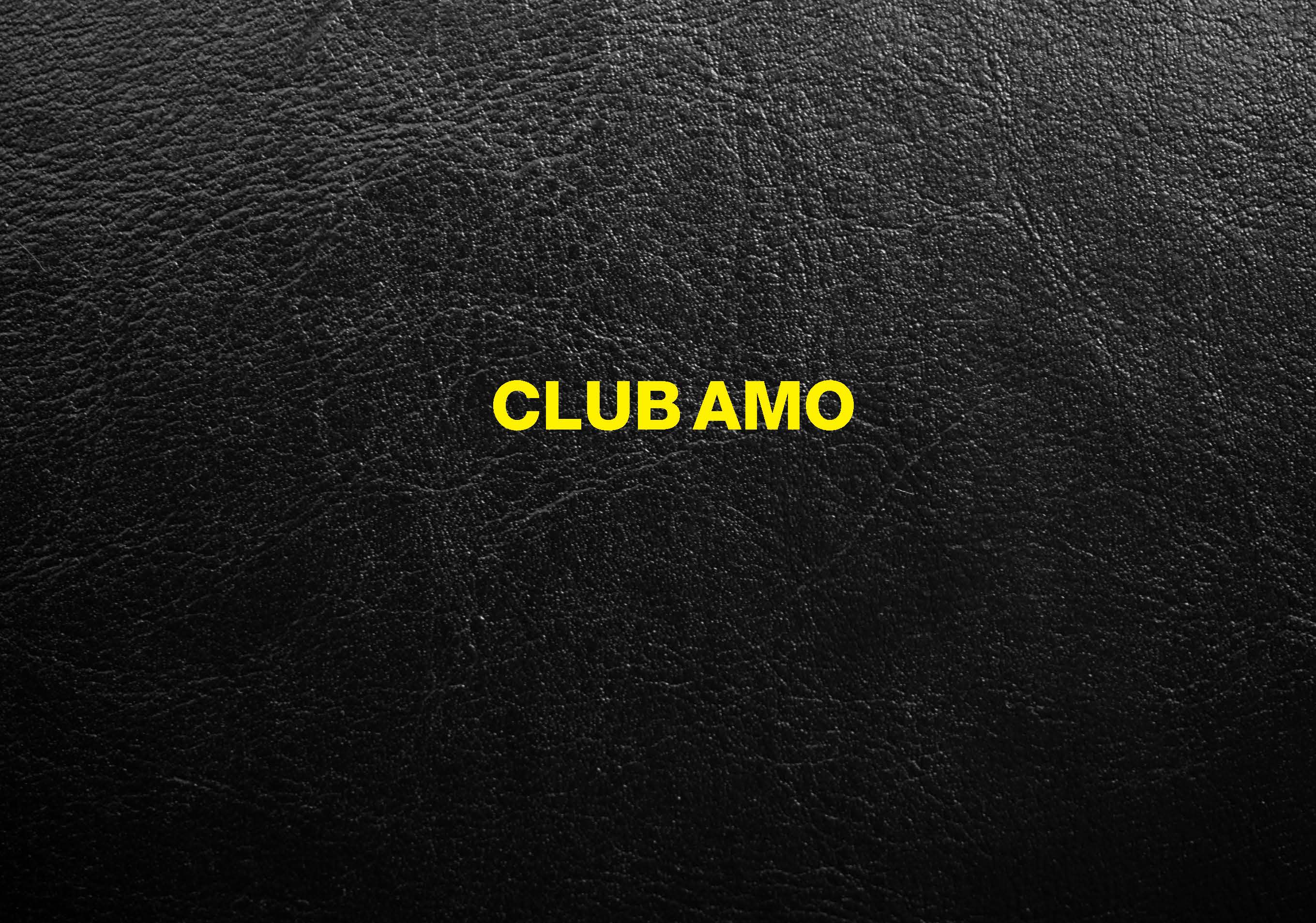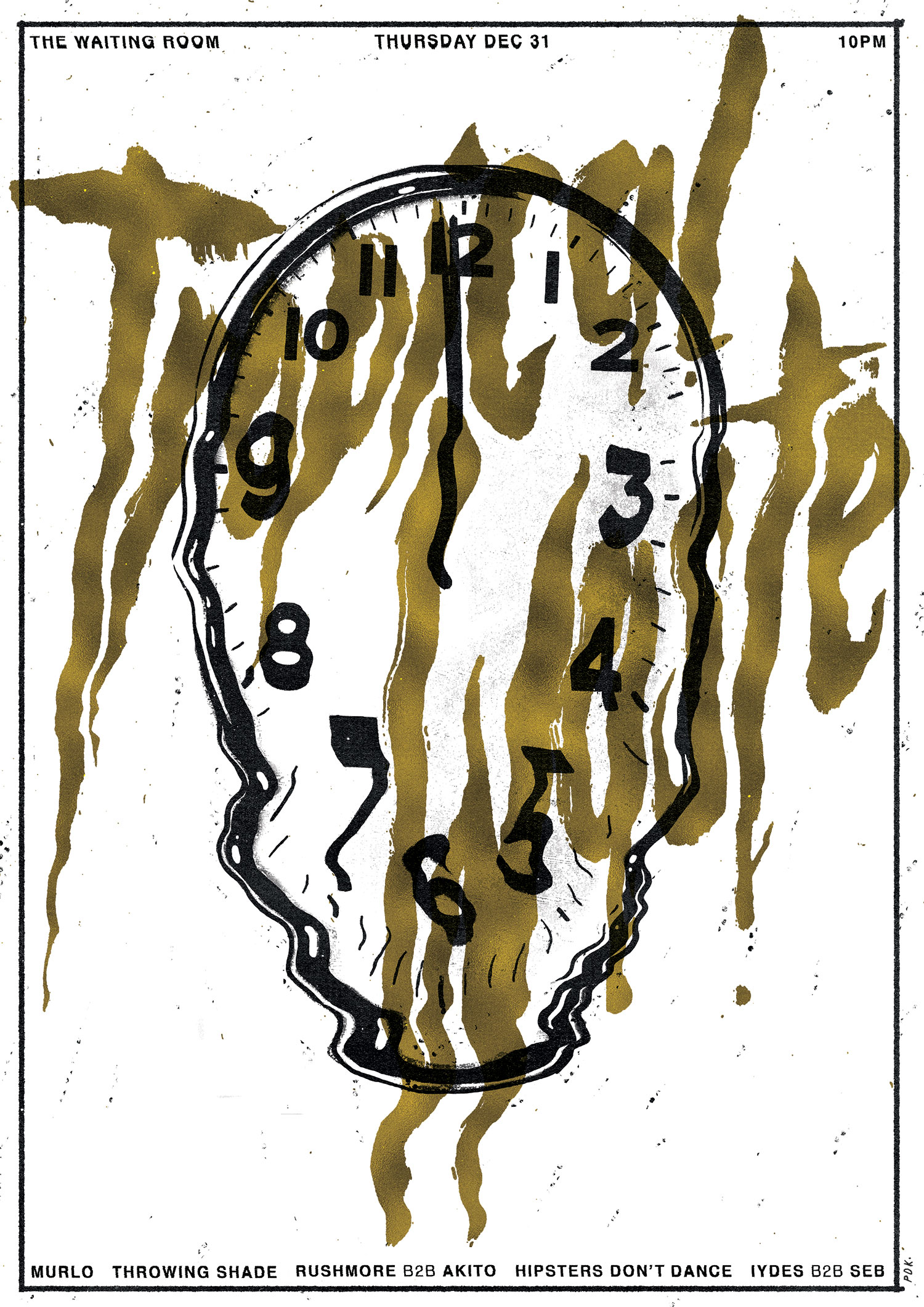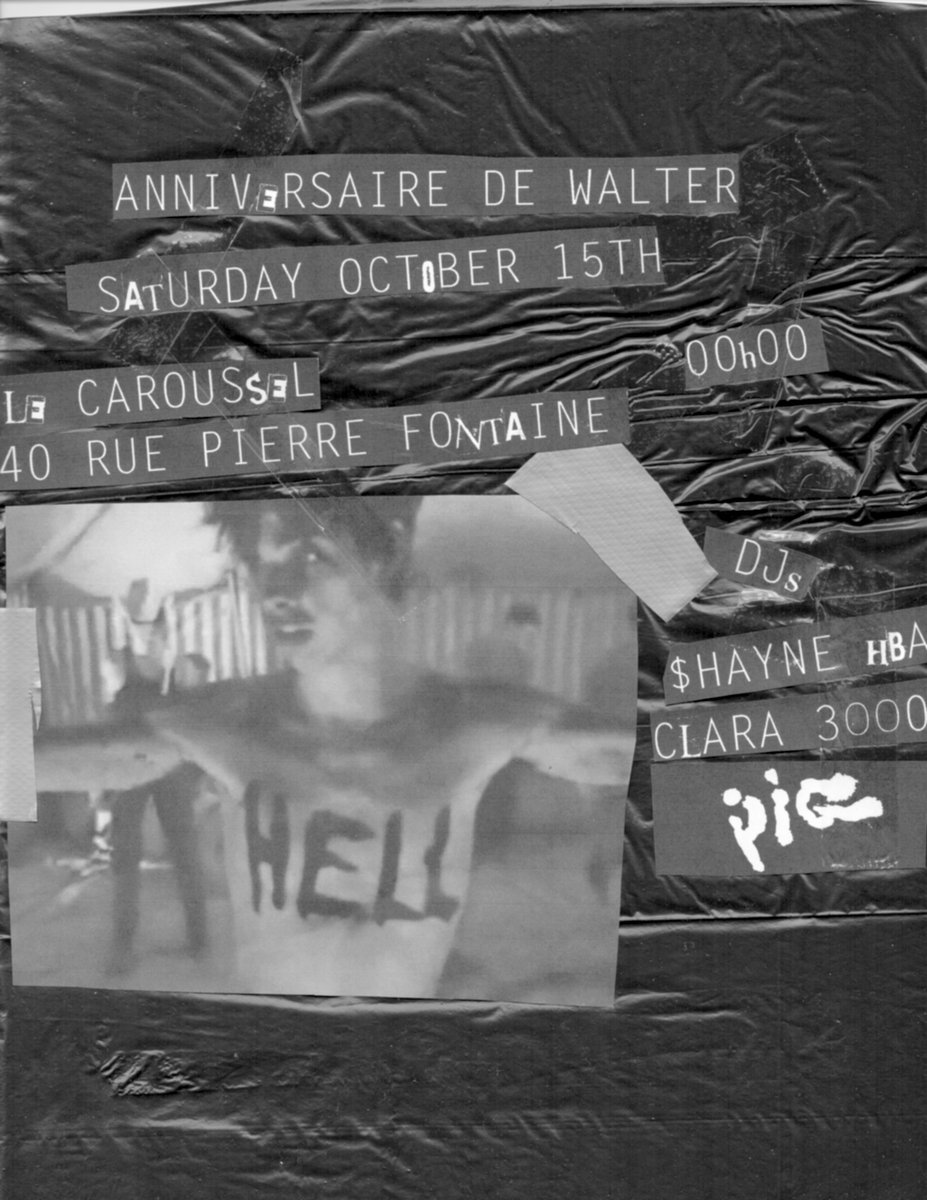
When house music first emerged out of disco and soul in the 1980s, its message was remarkably different from that of the prevailing egocentric star-driven pop. With the advent of house, the black and queer community sought to empower and uplift itself, making that communal ethos a central feature of its music. When we listen to early house tracks we recognize vocals inspired by gospel, from which the themes of peace, love, unity and respect — or P.L.U.R. (a shorthand for the raver movement’s ethos) — derive.
As the music culture itself evolved, some of these ideas developed and adapted to different social and political conditions around the world. Several movements to which house music was connected were explicit about being more than simply dance parties: they articulated the will for social change, such as we see in early manifestos from labels and collectives like Underground Resistance (from Detroit Michigan, active since 1989) or Spiral Tribe (South England, active since 1990), the driving force in the Free Tekno movement. The Free Tekno movement married acid techno culture with squatter ideology, utilizing practical open spaces for the purposes of noncommercial parties. They created temporary autonomous zones (T.A.Z.) [Christiana Breinl, Free Tekno, Berlin: Lit Verlag, 2012] using squatters’ procedures to keep law enforcement outside the spaces where the parties took place. This allowed for an “anything goes” policy inside; thus visitors could use drugs freely and noise levels were illegally high. Yet as much as this was a politically charged development, the music itself did not call for change directly. The sound of “tekno,” without vocals or melody, presented itself as a kind of anti-music, refusing to entertain and inducing a somewhat mind-numbing effect. Its main function seemed to be to restructure temporary shared space: it attracted a crowd — similar to how a wall serves to do the opposite — creating a social body that could behave outside the law.
Yet over time, the groundbreaking, ecstatic revelry of this new movement was transformed into and coopted by conformist, commercialized mass culture. One specific example is the history of the Love Parade in Berlin, which showed that partying and a few neat slogans were not enough to make substantive change. [“Party, Love and Profit: The Rhythms of the Love Parade,” Wolfgang Sterneck in conversation with Graham St John, dj.dancecult.net, 2010]
In June 24, 2015, I went to the biggest HardStyle dance event in the world: Defqon.1, in Biddinghuizen, the Netherlands. This particular music scene evolved out of the harder styles of dance music at the turn of the new millennium. Although the music is too “hard” to be mainstream, it was clear that I was in the hands of the professional entertainment industry, which made use of the most advanced audio and visual effects, pulling every commercially palatable trick to entertain the huge crowds. What was once an extension of the subversive gabber subculture of the 1990s has become a safe, secure and streamlined event that plays host to eighty thousand visitors in a state of ecstasy.
Every once in a while the heavy beat would breakdown and an extremely vocoderized voice would make pronouncements in totalitarian fashion to the mass audience, often demanding that they instantly open their minds to reach their full potential, to transcend, or to enter altered states of consciousness. These lyrics functioned as intermezzos fueling the build up to musical ecstasy. During these moments the whole event could be understood as an attempt to lead the audience into another state of mind — into a state of transformation that is as opposed to the regular “outside world” as possible.

Being in this enormous mass, one sensed how it had the potentiality to change our future — if it wanted to, and if it were focused on a common goal. But the narrative elements imposed by the disembodied voice mostly stayed away from real-world problems; what “real-world” issues it touched on were about (personal or individual) empowerment rather than entertainment, always aimed toward the same dramatic musical climax.
Given Adorno’s warnings about this dangerous combination of popular music and mass culture, I was curious to see how writing that wants to shift our perception, — to transform the current world, can play out within this kind of spectacle — to see if it was possible to mobilize written thought within this emotionally charged music format.
As soon as the bass line and the beat drops, it is hard to keep a critical distance from the lyrics; the music produces an artificial sentiment of consensus, what to me celebrates a sense of freedom that Adorno called “pseudo-individuation.” [Theodor Adorno, Studies in Philosophy and Social Science, New York: Institute of Social Research, 1941, IX, p. 25] “By pseudo-individuation we mean endowing cultural mass production with the halo of free choice or open market [sic] on the basis of standardization itself. Standardization of song hits keeps the customers in line, doing their thinking for them, as it were. Pseudo-individuation, for its part, keeps them in line by making them forget that what they listen to is wholly intended for them or predigested.”
After I first made the video Critical Mass: Pure Immanence (2015) with the help of Q-Dance, which deals with similar subject matter, I then approached several writers and music producers to collaborate on a project to bring writing that calls for philosophical transformation into the format of these events. After attempting different things, we decided to rework existing essays into the lyrical manner of HardStyle vocals to be interspersed with the music. To present these rewritten texts, I staged a miniature, open-air HardStyle event titled Oblivion (2016) in a diorama with a fully functional miniature stage with a sound system and light show, which included an advertising campaign on billboards and an infrastructure built around it.
One text drew from the XenoFeminism manifesto by Laboria Cuboniks (laboriacuboniks.net), which counters essentialist naturalism and an idealized understanding of the natural, and rejects prefixed roles or meaning. It is a call to action to adjust nature where it is unjust.
Another text rewrites the lecture “Human Thought at Earth Magnitude” by Timothy Morton (held at “Dark Ecology 2014,” Sonic Acts, Amsterdam). Here we are taken to “earth magnitude” where human thought is as expansive as the celestial aurora. When we scale up to earth magnitude, we enter a realm of thought where all binary distinctions collapse: conscious and unconscious, living and nonliving, individual and group — all these differences dissolve. This text, which deals with distance and scale, was in the back of my head while working on the diorama, which obviously also offers an overview while flying “high” over an intense and immersive event.
I also composed lyrics based on the Boris Groys book In the Flow [London: Verso Books, 2016]. It is a free interpretation that, when put in relation to this kind of electronic dance music event, emphasizes the idea of a total temporality in the lyrical mode of HardStyle:
Since the dawn of human history, as far into the wastes of the past as has been recorded by our instruments and textual archives, human culture has engaged in a quest: a quest for TOTALITY. Driven by the desire to overcome our own particularity, humans have sought access to a universal worldview — a worldview valid everywhere and for all time. If this totality were achieved, all human individuality would be subsumed and our quest for ultimate freedom would be achieved. We stand on the cusp of this self-liberation, which we name TOTALITY.

We may imitate other life forms that populate the earth. Heroes, prophets, demigods, gods. These archetypes have followed us since our beginnings. We advanced philosophical and scientific treatises that sought to describe the world according to principles of reason. In these documents we met transcendental subjects, the unconscious, the absolute.
Today a new world is with us, a world we call “modernity.” In modernity, we have become accustomed to the incurably mortal, the finite, and we can never escape those conditions. Even in flights of the imagination, reality is always our starting point. All we can do is find better positions to view the world and to understand the world. But, as we are inscribed in a materialist flow, we lack the power to regain the central position overlooking the totality of the world. Human beings and other things of the world are all subjected to its potency, its all-encompassing presence. Human bodies, as they grow old and die, are eternally caught up in this flow. Together, together in the flow. We make no effort to be born, or to die. This materialist universality is already there, before us, as we become aware of its existence.
We abandon dreams of immortality, eternal truth, moral perfection and ideals of beauty. We are subject to aging; we are subject to death; we are subject to dissolution, just as we are in the flow of material processes. To access the flow, we must abandon fixed entities, identities, ownership and personhood. Let structures be liquefied, let our history flow, let our archives flow, embracing the dissolution of our being, our public image and history. All must return to a state of total fluidity. Let our archives be swallowed. Let our archives fall into oblivion. Forever. Let the museum embrace its own temporality. Let the archive and its content collapse into one, achieving TOTALITY.
The texts I chose to work with share a tone of urgency, which is also characteristic of the HardStyle format. While staying within the tradition to open minds, it was crucial to stay within the world we are facing today, and to convey that even the most metaphysical philosophical messages are still circumscribed by a realist and materialist ontology. In this way, the works thematize (and undermine) escape into transcendence or the esoteric even as they adapt to the dramatic “style” of this genre.
Besides creating presentations with this material in the form of exhibitions and events, I also made some of the recorded vocals available to HardStyle producers, and I am curious to hear if some of this will appear within the HardStyle scene. If it does, it will most likely be used in a more simplified version, but will hopefully still be relatable.
If mass culture is to prevail, we might imagine a future in which its sound track takes on a different, critical form, at peace with, and in the form of, a turbulent totality. The sounds might not be as groundbreaking and futuristic anymore, but they may manage to cultivate a platform outside of “normal” sociopolitical reality, and they could potentially offer a space in which one could experience different views and ideas. Why should this space be limited to pseudo-spirituality and science fiction? It might be able to benefit from the ongoing quests within contemporary art and philosophy, and at the same time also allow an idea to transgress the boundaries of different media formats and cultural contexts.





